Name Ferdinand Hochstetter Role Geologist | Education University of Tubingen | |
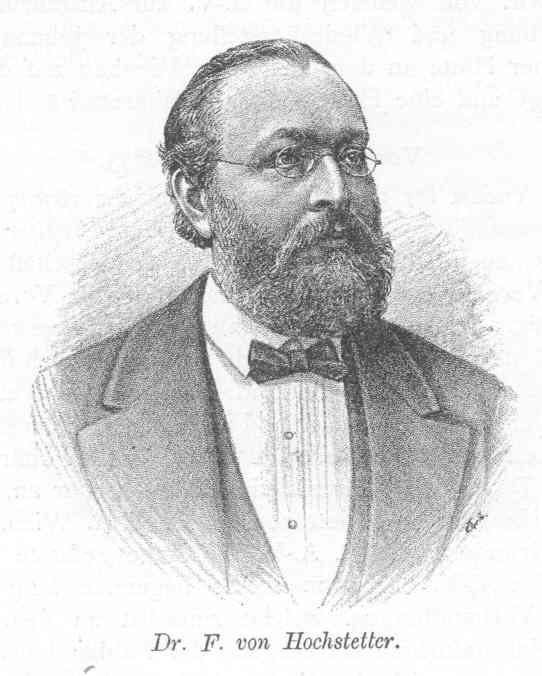 | ||
Parents Christian Ferdinand Friedrich Hochstetter Books New Zealand, Its Physical Geography, Geology and Natural History: With Special Reference to the Results of Government Expeditions in the Provinces of Auckland and Nelson | ||
Christian Gottlieb Ferdinand Ritter von Hochstetter (30 April 1829 – 18 July 1884) was a German-Austrian geologist.
Contents
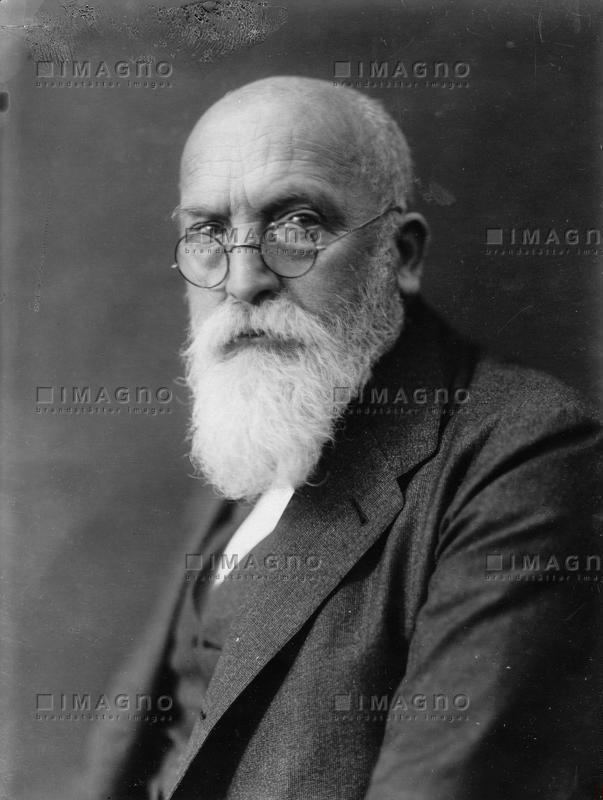
Biography
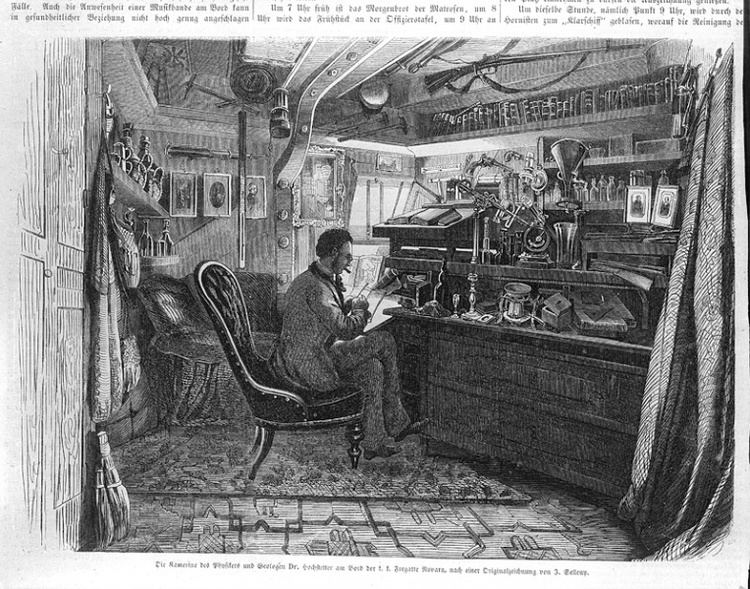
He was born at Esslingen, Württemberg, the son of Christian Ferdinand Friedrich Hochstetter (1787-1860), a clergyman and professor at Bonn, who was also a botanist and mineralogist. Having received his early education at the evangelical seminary at Maulbronn, Ferdinand proceeded to the University of Tübingen and the Tübinger Stift; there, under Friedrich August von Quenstedt, the interest he already felt in geology became permanently fixed, and he obtained his doctor's degree and a travelling scholarship.
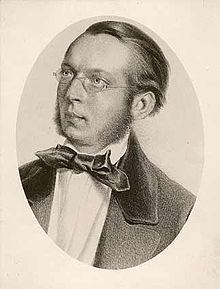
In 1852 he joined the staff of the Imperial Geological Survey of Austria and was engaged until 1856 in parts of Bohemia, especially in the Bohemian Forest, and in the Fichtel Hills and Karlsbad mountains. His excellent reports established his reputation. Thus he came to be chosen as geologist to the Novara expedition (1857–59), and made numerous valuable observations in the voyage round the world.
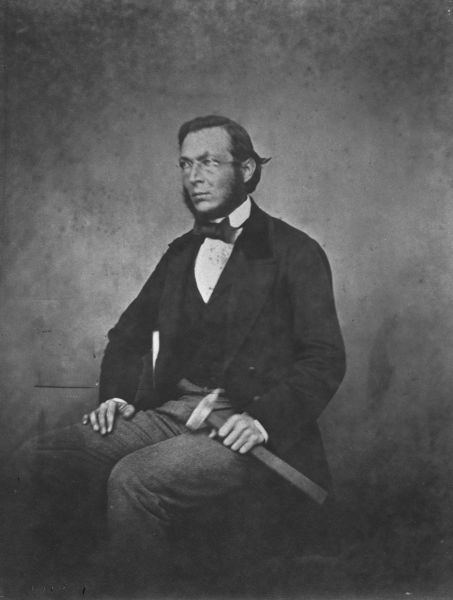
In 1859 he was employed by the government of New Zealand to make a rapid geological survey of the islands. His survey of old Lake Rotomahana and the Pink and White Terraces was in 2017 reverse engineered to provide the coordinates of the Pink, Black and White Terraces. On his return he was appointed in 1860 professor of mineralogy and geology at the Imperial-Royal Polytechnic Institute in Vienna, and also became the tutor of Rudolf, Crown Prince of Austria. In 1876 he was made superintendent of the Imperial Natural History Museum. In these later years he explored portions of Turkey and eastern Russia, and he published papers on a variety of geological, palaeontological and mineralogical subjects. He died in Oberdöbling near Vienna, at age 55.
Detailed descriptions in his diaries were helpful in 2011, when researchers managed to locate the silica terraces on Lake Rotomahana, which was buried in the 1886 eruption of Mount Tarawera.
Taxonomy
New Zealand's endemic Hochstetter's frog, Leiopelma hochstetteri, is named after Ferdinand. Several other species bear his name in their scientific names, including the Takahe, Porphyrio hochstetteri, and Powelliphanta hochstetteri, a species (with five subspecies) of New Zealand's giant carnivorous land snails.
Geography
Hochstetter Peak on Trinity Peninsula in Antarctica is named after Hochstetter, as are New Zealand's Mount Hochstetter (West Coast Region) and the Hochstetter Dome and Hochstetter Icefall close to the Tasman Glacier.
